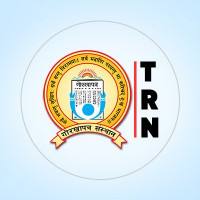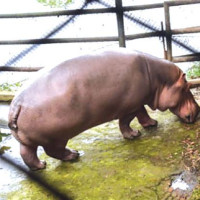- Saturday, 5 July 2025
Livestock farming faces threat after increasing leopard attacks in upper Mustang
Sundar Kumar Thakali
Mustang, March 2: The livestock
farming in upper Mustang is at increasing risk owing to snow leopard attacks.
The snow leopard attacks have frequented recently, killing domestic animals and
panicking locals.
With this, the livestock farming
being done for long has been endangered.
The domestic animals are killed in
pasture and enclosures by the Himalayan beast in the area under the Annapurna
Conservation Area Project (ACAP). However, there is no well managed data on
loss of property on it.
The frequency of attack and
subsequent loss of animals on the one hand and the decline in pasture due to
climate change has posed serious threat to livestock farming in the Himalayan
region.
The grasslands are getting with
bare with thinning stubble to graze cattle. Similarly, the blue sheep, a major
prey of the snow leopard, is coming down hill in search of grass and fodder.
The beast not only trails the blue sheep heading down hill, but also preys the
cattle in pastures and enclosures.
Moreover, the snow leopard having
upper hills its habitat, is coming down to the street and near human
settlements in Mustang. Last year, two such beasts were spotted near Kagbeni
village.
The locals have worried how they
could save horse, yak, sheep and goats from the leopards prowling near
settlements.
As many as 79 Himalayan goats owned
by Mingmar Gurung of Dhakmar village were killed by the leopard two years back.
The enclosure was breached and the cattle killed by it.
In the first week of this month
(Falgun) alone, livestock farmer Nawin Kumar Gurung from Baragung
Muktichhetra-3 lost four Himalayan goats in the leopard's attack.
Office chief of ACAP at Lomanthang,
Ramesh Paudel, informed that 13 domestic animals were killed in the last 10
months. In the fiscal year, 2079/80, 13 households from Mustang district bore
the loss of 65 domestic animals.
The people, especially from
Lomanthang, Loghekar Damodarkunda, Baragung Muktichhetra, Ghapajhong and
Thasang are bearing much loss.
Animal husbandry is the major
source of income in the upper hilly and Himalayan region of Nepal. It is not
only an occupation but also linked to the Himalayan culture. RSS














